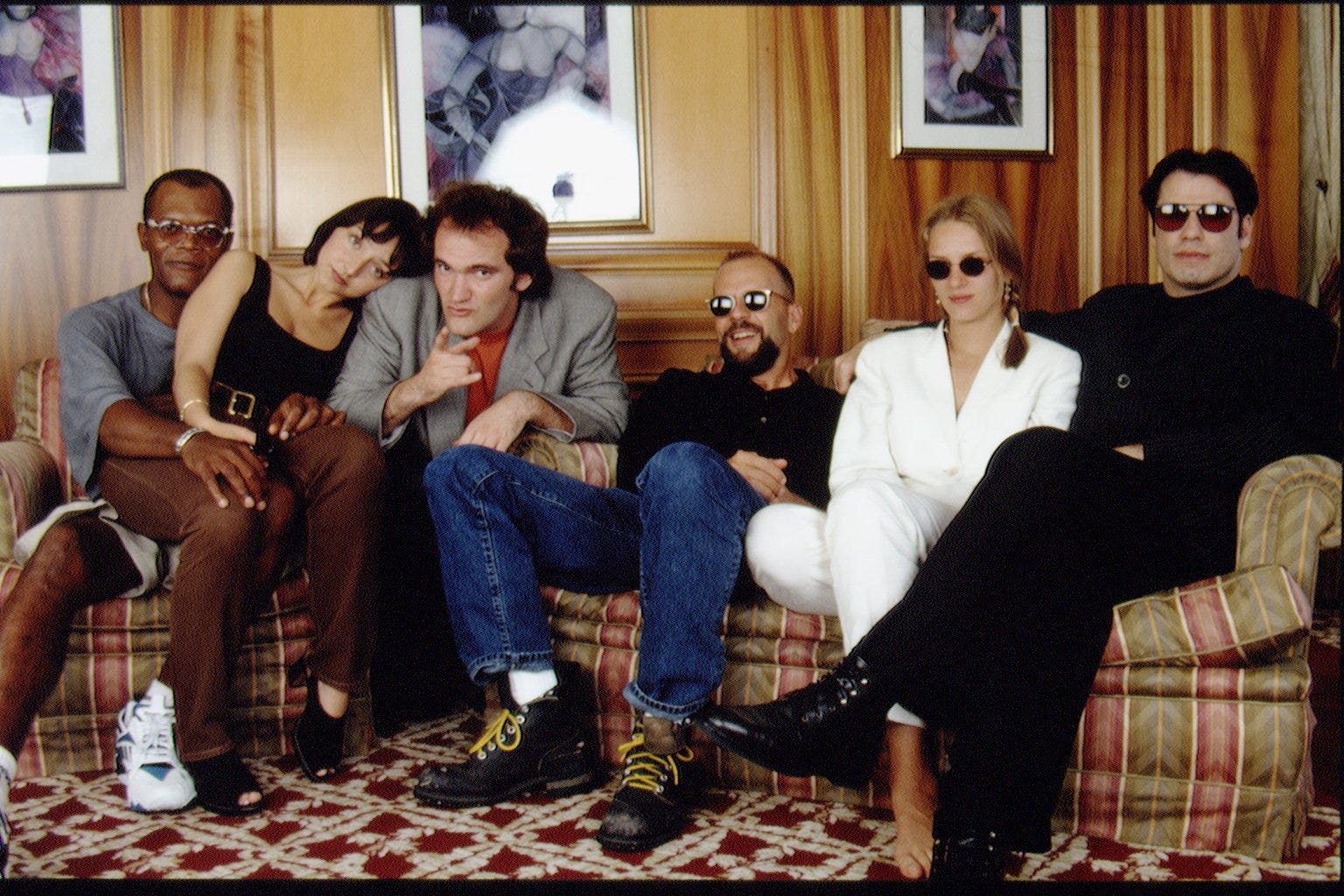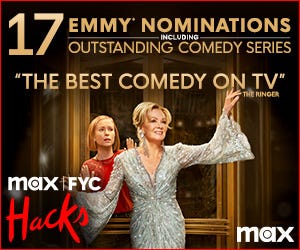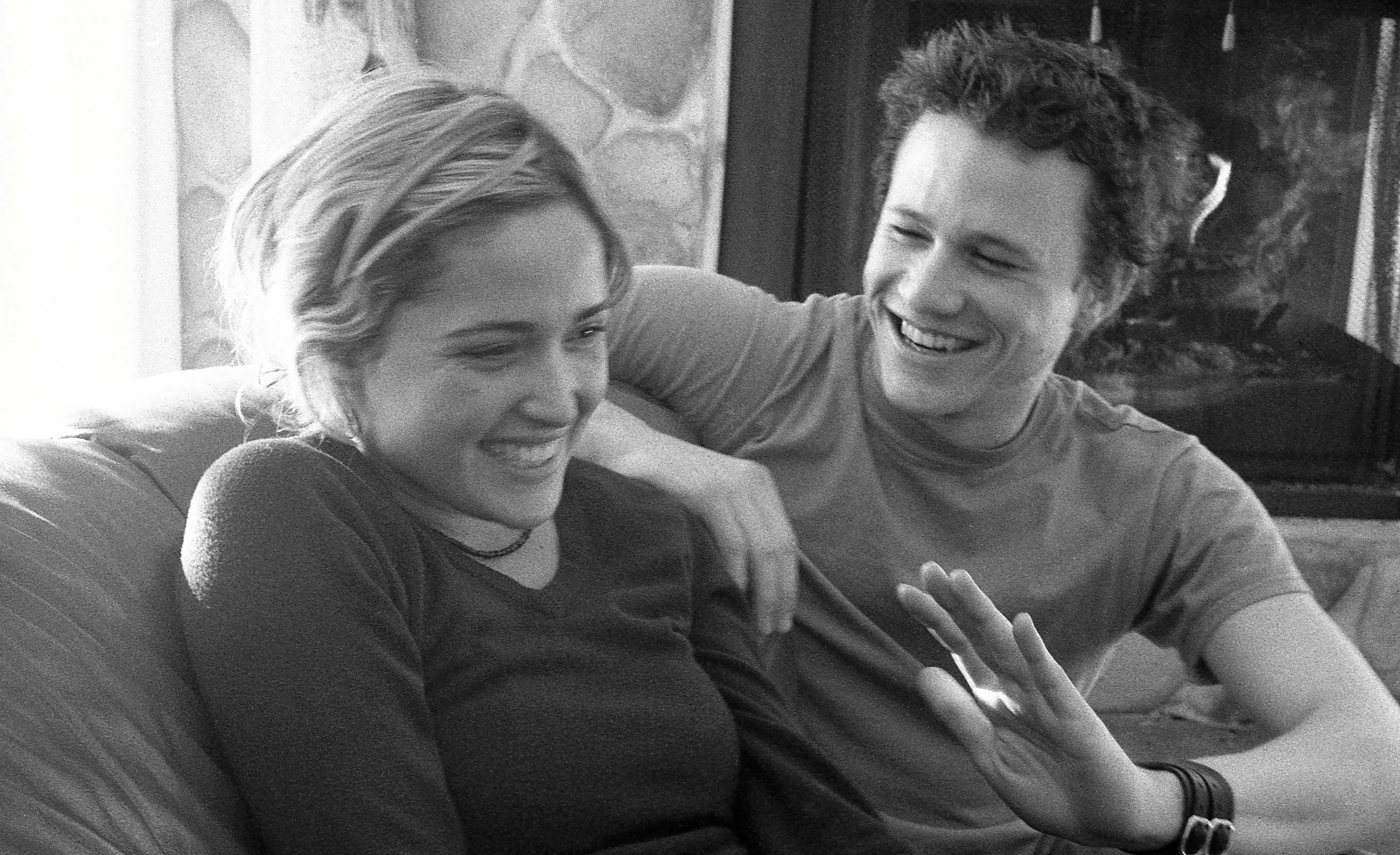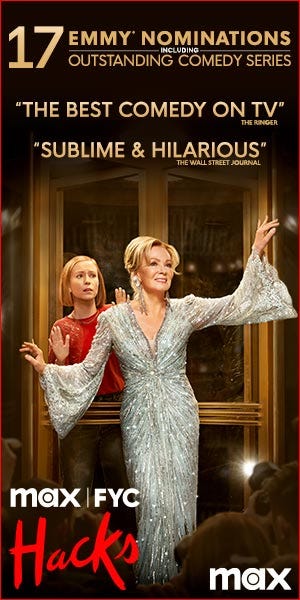Welcome to Golden Ages, a five-part series this week about four of Hollywood’s most fecund eras, the elements that had to come together for them to produce such iconic work, what went right and why — and, of course, how each ultimately fell apart. We’ve covered the 1930s and 1970s. Today: the 1990s.And so the tides turn. The liberation of the 1970s gave way to the blockbuster-obsessed dreariness of the 1980s with risk-taking and the open doors of the '70s giving way to cautiousness and stifling conformity. We thought we’d get more raw and edgy films like Saturday Night Fever; instead, we received polished and safe fare from John Hughes. TV was equally hidebound and buttoned up: Despite a few standout exceptions like Hill Street Blues and Cheers, the television of the 1980s represented a huge leap backward from the creative energy that powered shows like Mary Tyler Moore a decade earlier. Element #1: Again, Variety of ChoiceThe essential consideration in assessing whether we have a Golden Age is the source of success. If only one thing was going right, or one studio had a hot streak, that’s simply not good enough. There must be a general wave of triumphs across different places and genres.  One way of looking at the '90s is to view it as a time when the industry as a whole achieved the perfect balance between the new and the familiar. When beloved stars played in recognizable genres and delivered comfort-film foods, but also pushed the boundaries to novel and different places.
While purists (like myself) might argue that while the year gave us many enjoyable films, few of them scale the heights of the pantheon, this increasingly seems like an outlier opinion. Another essay, this time in the Guardian, seeks to neutralize my critique while asserting the case:
That is hard to argue with. For one brief shining moment, everyone was being themselves doing their best work all over the spectrum. The indie movement had broken through, and it had not yet been co-opted and swallowed up. To complete the case, a list of just some of the near-classics from just that one year, 1999: The Sixth Sense; Toy Story 2; The Matrix; Notting Hill; All About My Mother; The Insider; Magnolia; The Talented Mr. Ripley; Election; Being John Malkovich; The Blair Witch Project; Office Space; Cruel Intentions; 10 Things I Hate About You; A Walk on the Moon; Go; Run Lola Run; South Park: Bigger, Longer and Uncut; Summer of Sam; American Pie; Eyes Wide Shut; Dick; The Iron Giant; The Sixth Sense; Detroit Rock City; The Muse; Three Kings; The Limey; Fight Club; The Straight Story; Boys Don't Cry; Bringing Out the Dead; Princess Mononoke; American Movie; Sweet and Lowdown; Topsy Turvy; Girl, Interrupted; Any Given Sunday; Galaxy Quest. 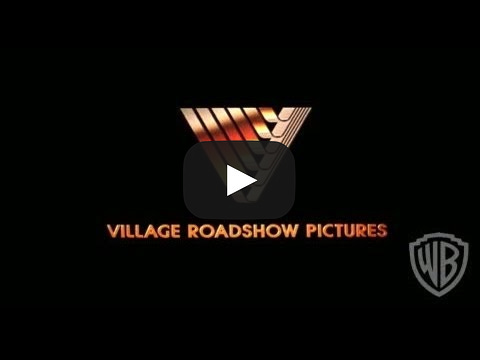 That is pretty ridiculous. That is one year. (If you disagree with my choices, compile your own list. I did not inadvertently leave any film off.) Maybe there's nothing on this list knocking Citizen Kane off the all-time top slot, but if any of the 39 films on this list were released today, it would immediately be a contender for the best film of this year. And considered a miracle that it happened. Element #2: New Blood and YouthThe list of directors who sprang out of Sundance during this era to become Hollywood stalwarts is seemingly endless. While everyone can point to Quentin Tarantino, Richard Linklater and Guillermo Del Toro and the films that they and their many peers made that went from festival darling to general-audience phenomenon, there’s more to the story. ... Subscribe to The Ankler. to unlock the rest.Become a paying subscriber of The Ankler. to get access to this post and other subscriber-only content. A subscription gets you:
|




